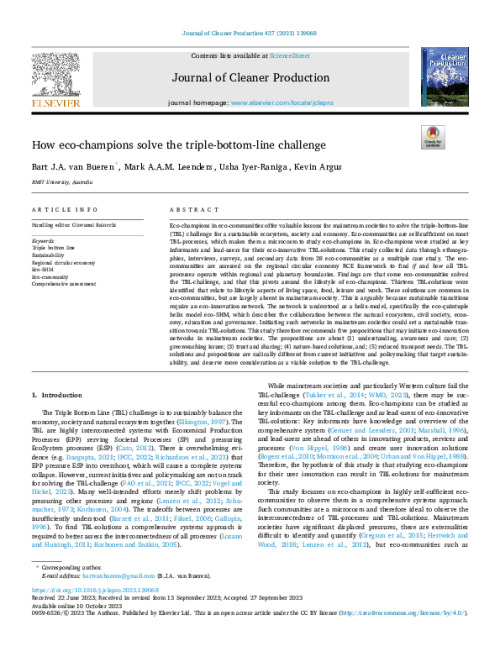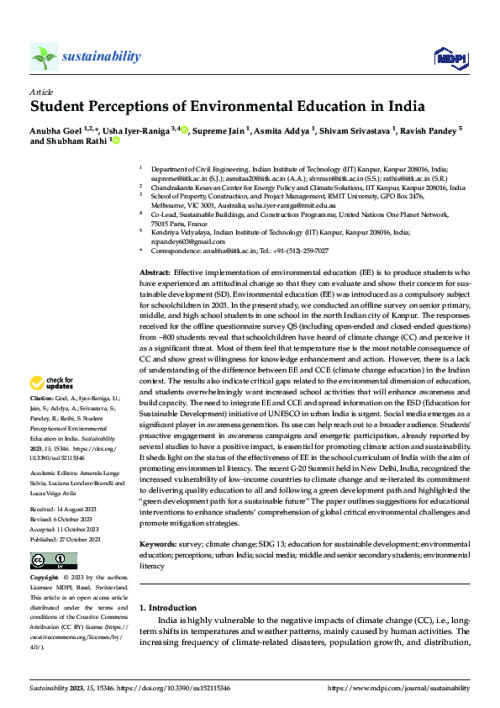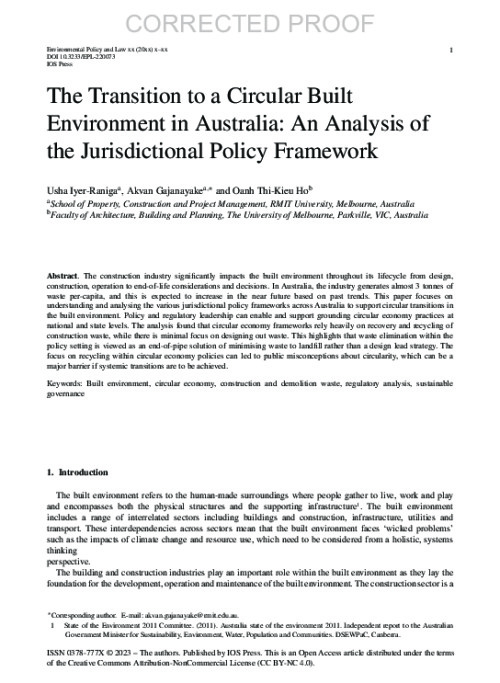Community Seed Bank, Karur, Tamil Nadu, for Rangamalai Organic Farms
'Community Seed Bank' is a project for the community for conserving Native Seeds. The owner of this project is Mr Pradeep, an IT professional with a vision to reverse-migrate to his native in Karur, Tamil Nadu. He wants to inspire the villagers to do farming in methods non-harmful to nature. He founded Rangamalai Organic Farms, which requires a 'Seed Bank' to conserve the native seeds of various vegetables, trees, and food crops. Such seeds are vanishing quickly. By choosing natural building methods for Seed Bank, the intention is to create awareness about sustainable buildings constructed in indigenous ways and use minimal energy and local materials. Through the Thannal workshop, he trained himself, and Ar Biju designed the project. The main walls are in lime stabilised Cob with natural plasters. All the materials and artisans come from the village or nearby places. It uses local palm trees for structural members, old terracotta tiles for the roofing and runs on off-grid solar energy. The aim is to use local methods and materials to create community space for seed preservation in traditional construction methods. In addition, the techniques must connect to the culture and history of the place. It must create awareness regarding the feasibility of using such methods to make eco-friendly, modern buildings with all present-day needs. The Community Seed Bank gives the following learnings -
1. It is possible to construct modern designs with present day needs using traditional methods.
2. Vernacular methods in construction are sustainable to nature and use less energy.
3. Natural materials can be re-used by future generations as mud and lime are recyclable, even if after decades.
4. It uses the local construction methods that generate jobs for locals, as many are skilled in vernacular building methods.
5. There is no use of manufactured materials from the companies, only local materials from the village, so the money goes into the local economy.
6. It re-uses materials from old buildings - Old wooden beams and terracotta tiles.
7. It revives old methods and supports local artisans - the ancient technique of carved stone columns, palm beams for the roof, bamboo in verandah roofs, cob walls and earthen plasters.
8. It serves as an example of an off-grid lifestyle by meeting all energy requirements using solar energy.
Unique factors -
1. It facilitates the participation of the community in making low energy, eco-friendly building.
2. It uses no cement, concrete, steel or any other high energy-embodied materials in construction.
3. How to make spaces multipurpose - office space and display area of seeds, verandah space for various value addition work post-harvest and interaction between farmers from the community, dark room for storage of grains and loft as living quarters.
4. It creates an opportunity for upskilling of masons to adapt the ancient methods to present-day needs - like stabilising mud with lime, admixtures from plants and animals.5. Through this project, young masons learn about the methods used by the elders. Hence, the project acts as a venue for knowledge transfer in architecture.
6. The money is invested in the village economy and serves as an example for rural projects to be sustainable.
7. It inspires others to build in sustainable methods being a community building.
The project achieved the following:
1. The building is creating awareness at the rural level regarding nature-friendly and vernacular methods of construction.
2. The project proves sustainable methods of construction can be economical and affordable. Sustainability doesn't need to come at a premium investment.
3. It is an example of traditional methods of construction that are reliable and nature friendly.
4. It proves that building a sustainable mud home can contribute to the local economy.
5. It shows how to re-use materials from old structures.
6. Using local materials can reduce waste due to construction. Indigenous methods optimise material consumption and use of any by-product created in the best possible way.
7. The building actively plays a role in promoting traditional building methods in the community.
8. Adaptation and improvisation on vernacular construction methods and materials like lime as a stabiliser bamboo as a structural member inspire people to use natural materials for modern designs.
This project is directly related to teh work of the OPN SBC programme.


